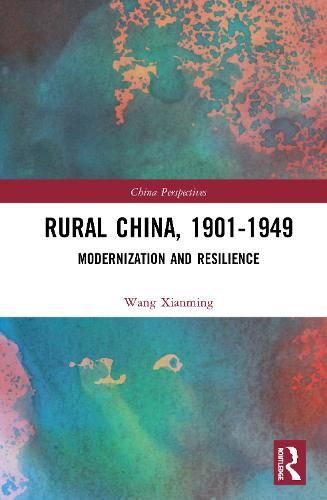Readings Newsletter
Become a Readings Member to make your shopping experience even easier.
Sign in or sign up for free!
You’re not far away from qualifying for FREE standard shipping within Australia
You’ve qualified for FREE standard shipping within Australia
The cart is loading…






Highlighting the interwoven relationship between Chinese rural society and larger historical forces, this book charts the evolution of China’s rural society from 1901 to 1949, concentrating on the major changes of this period and the scenarios developed to modernize rural society during the half century leading up to the Revolution.
The modern history of rural China is one of sweeping institutional and structural transformation across many dimensions. As the first half of the twentieth century unfolded, against a backdrop of turbulent changes across a country that underwent industrialization, urbanization and modernization, China’s agriculture, rural population and rural communities encountered many crises, but also showed remarkable resilience and capacity for adaptation and reform. In each of the six chapters, the author delves into one aspect or examines one period of this massive transformation, and identifies the social, economic, political and cultural signifi cance of these tumultuous processes at work.
The book will appeal to both scholars and general readers interested in modern Chinese history and the transformation of rural China.
$9.00 standard shipping within Australia
FREE standard shipping within Australia for orders over $100.00
Express & International shipping calculated at checkout
Highlighting the interwoven relationship between Chinese rural society and larger historical forces, this book charts the evolution of China’s rural society from 1901 to 1949, concentrating on the major changes of this period and the scenarios developed to modernize rural society during the half century leading up to the Revolution.
The modern history of rural China is one of sweeping institutional and structural transformation across many dimensions. As the first half of the twentieth century unfolded, against a backdrop of turbulent changes across a country that underwent industrialization, urbanization and modernization, China’s agriculture, rural population and rural communities encountered many crises, but also showed remarkable resilience and capacity for adaptation and reform. In each of the six chapters, the author delves into one aspect or examines one period of this massive transformation, and identifies the social, economic, political and cultural signifi cance of these tumultuous processes at work.
The book will appeal to both scholars and general readers interested in modern Chinese history and the transformation of rural China.